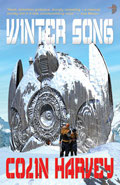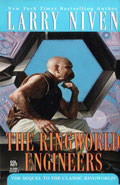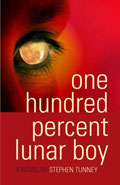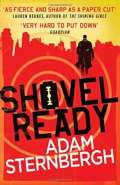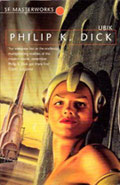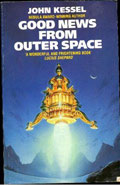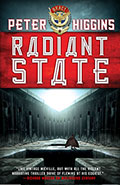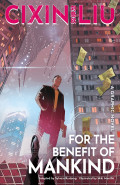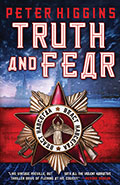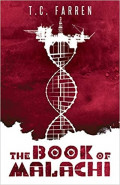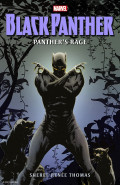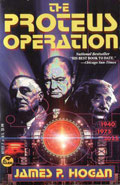Worlds of Exile and Illusion
By Ursula K Le Guin

- Worlds of Exile and Illusion
-
Author: Ursula K Le Guin
-
Publisher: Gollancz
- ISBN: 978-1473205826
- Published: September 2015
- Pages: 384
- Format reviewed: Paperback
- Review date: 04/12/2015
- Language: English
- Age Range: N/A
The first three Hainish novels written by Ursula Le Guin in the 1960s are brought together in this one volume. This is the same science fiction setting as her award winning stories The Dispossessed and the Left Hand of Darkness. Worlds of Exile and Illusion begins with the short story prologue – The Necklace, a story I reviewed as Semley’s Necklace in The Real and Unreal: Volume 2: Outer Space and Inner Lands.
This compilation edition is not quite the trilogy a reader might expect with explicit transition and interconnection between the three different stories. However, there are links and legacies to be found between the three situations that are described.
We begin with Rocannon’s World, a story that explores the ways in which a technologically advanced culture might choose to observe but not intervene in the development of a planetary civilisation that has yet to rise above the late mediaeval period. The aforementioned Rocannon goes on a quest to find a way to communicate with his interstellar superiors about a planetary invasion that defies the non-interference protocols his mission have adopted. In many ways this is reminiscent of the ideas explored in Star Trek: The Next Generation, but Le Guin was writing about this a good twenty years earlier. The opportunity she grants for herself in being able to blend and blur the address and tone of Fantasy with Science Fiction in this premise makes for a duality of perception. Rocannon knows his means of survival at times is to rely on the technology he has, but the natives often see this as wizardry. Eventually, Rocannon is forced to rely on the mythology they are constructing around him and his journey. When he does, the story resolves in truce of prophecy and protagonism.
What is interesting here is the blend of styles and tones. Working with a fictionalised future and a fantasy past, Le Guin is able to bring the best of both to the story. Rocannon’s World is still clearly an early work with some laborious moments, but its quest holds up well against some of its contemporaries.
Planet of Exile follows a different path, but explores some similar themes. The world has changed and moved on. Our location has changed, but there are still some remembered stories of the past. The colonists of Werel live alongside the humanoid natives and practice a similar form of non-interference until the existence of everyone is threatened by a migrating horde of Gaal. Jacob Allterra is forced to co-operate with the indigenous Hainish to survive a siege. Le Guin weaves a variety of ideas together in this story. The tight perspective and gritty fate of colonists and natives at the hands of each other and the depredations of a harsh sixty year winter make this a dark read. It is grimdark, long before there was any such thing.
City of Illusions is the quest story of a yellow eyed man named Falk who is trying to find his forgotten past. In many ways this is reminiscent of Asimov’s Pebble in the Sky, but Le Guin brings her more familiar Fantasy tone to this dystopia in place of Asimov’s dry cerebral style. City of Illusions is another quest; much like Rocannon’s World, but Falk is trying to find himself and is driven by urges and instincts he cannot wholly comprehend. Le Guin hides lots of subtle hints along the way and it is only in the last thirty pages that you begin to realise they were there all along.
This reprinted collection of the three stories makes you appreciate the scope of Le Guin’s work. The Hainish cycle occupies similar blurred Fantasy/Science Fiction ground to Zimmer Bradley’s Darkover books or McCaffrey’s Pern novels, but Le Guin’s work is much older and a rarer meat. Whilst both McCaffrey and Zimmer Bradley elected to stick to their premise and write a vast series of books in each, Le Guin was more restless and experimental in her work. You can’t help but wonder what other stories could have been told about the Hainish, the Shing and the everything else, but perhaps that’s for the best, as it makes you appreciate what we have all the more.
Written on 4th December 2015 by Allen Stroud .
